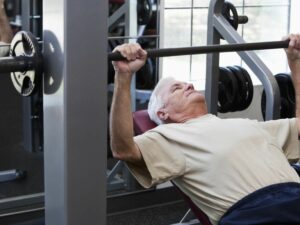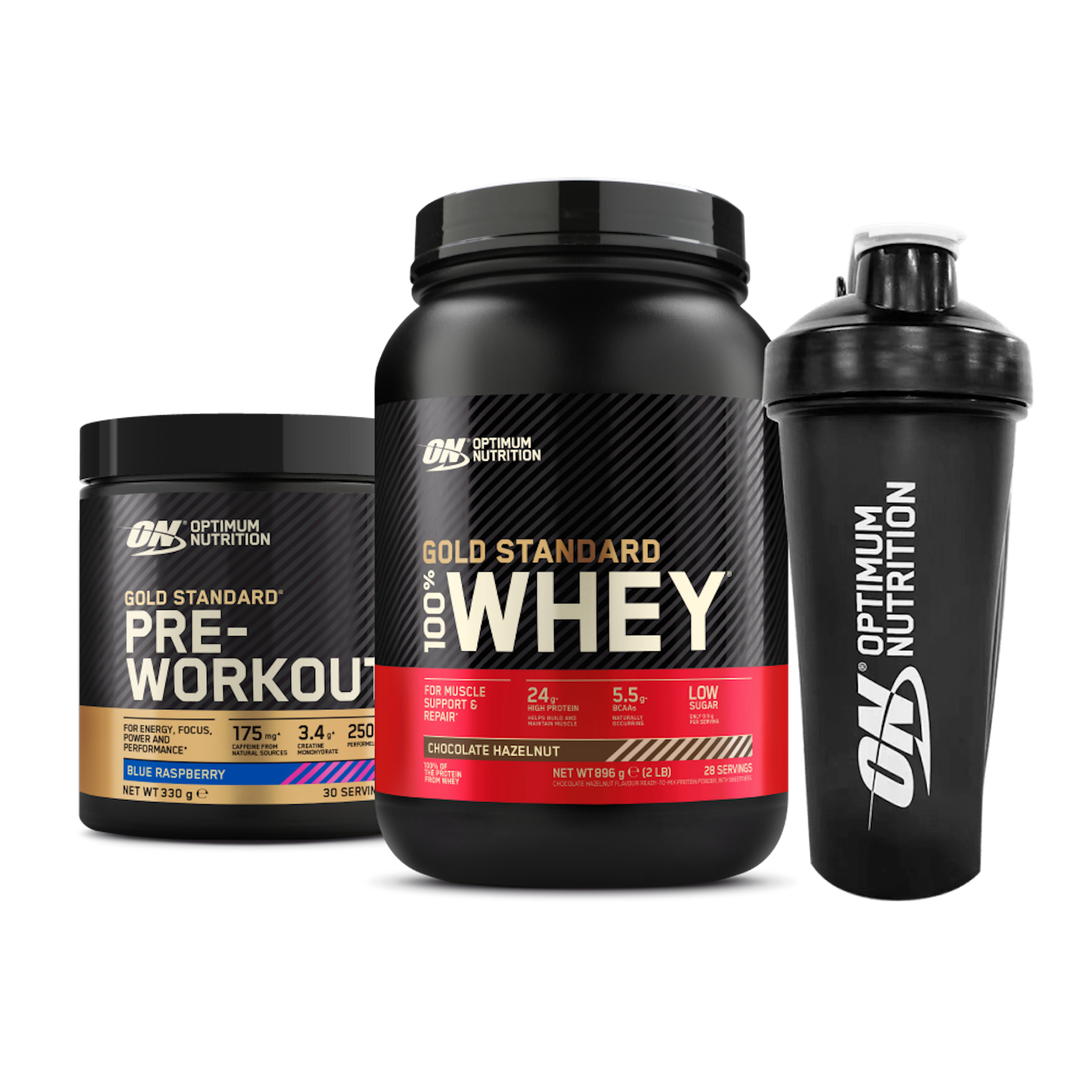Older and Stronger: “Progressive Resistance Training Can Build Muscle, Increase Strength as we Age – Researchers at the University of Michigan say older adults don’t have to accept strength muscle loss as they age. Resistance exercises increase lean muscle tissue and strength capacity so that people can function more readily in daily life”.
Getting older doesn’t mean giving up muscle strength.
Not only can adults fight the battle of strength and muscle loss that comes with age, but the Golden Years can be a time to get stronger, say experts at the University of Michigan Health System.
“Resistance exercise is a great way to increase lean muscle tissue and strength capacity so that people can function more readily in daily life,” says Mark Peterson, Ph.D., a research fellow in the U-M Physical Activity and Exercise Intervention Research Laboratory, at the Department of Physical Medicine and Rehabilitation.
Through resistance, training adults can improve their ability to stand up out of a chair walk across the floor, climb a flight of stairs – anything that requires manipulating their own body mass through a full range of motions.
 Normally, adults who are sedentary beyond age 50 can expect muscle loss of up to 0.4 pounds a year.
Normally, adults who are sedentary beyond age 50 can expect muscle loss of up to 0.4 pounds a year.
“That only worsens as people age. But even earlier in adulthood – the 30s, 40s, and 50s – you can begin to see declines if you do not engage in any strengthening activities,” Peterson says.
“Our analyses of current research show that the most important factor in somebody’s function is their strength capacity. No matter what age an individual is, they can experience significant strength improvement with progressive resistance exercise even into the eighth and ninth decades of life,” he says.
Progressive resistance training means that the amount of weight used, and the frequency and duration of training sessions are altered over time to accommodate an individual’s improvements.
A review article by U-M researchers, published in The American Journal of Medicine, shows that after an average of 18-20 weeks of progressive resistance training, an adult can add 2.42 pounds of lean muscle to their body mass and increase their overall strength by 25-30 percent.
Recommendations for those over age 50
Peterson says that anyone over age 50 should strongly consider participating in resistance exercise.
A good way for people to start on a resistance training program, especially for people who are relatively sedentary – and after getting permission from their doctor to do so – is to use their body mass as a load for various exercises.
Exercises you can do using your own body weight include squats, standing up out of a chair, modified push-ups, lying hip bridges, as well as non-traditional exercises that progress through a full range of motion, such as Thai Chi or Pilates and Yoga.
Transition to the gym
After getting accustomed to these activities, “older adults can move on to more advanced resistance training in an exercise and fitness facility. A certified trainer or fitness professional that has experience with special populations can help with the transition”.
Peterson says you should feel comfortable asking a trainer whether they have experience working with aging adults before you begin any fitness routine.
“Working out at age 20 is not the same as at age 70. A fitness professional who understands those differences is important for your safety. In addition, current recommendations suggest that an older individual participates in strengthening exercise two days per week,” Peterson says. “Based on the results of our studies, I would suggest that be thought of as the minimum.”
Don’t forget to progress
As resistance training progresses and weights and machines are introduced, Peterson recommends incorporating full-body exercises and exercises that use more than one joint and muscle groups at a time, such as the leg press, chest press, and rows. These are safer and more effective in building muscle mass.
“You should also keep in mind the need for increased resistance and intensity of your training to continue building muscle mass and strength,” he says.
A good fitness professional can help plan an appropriate training regimen, and make adjustments based on how you respond as you progress.
“We firmly believe based on this research that progressive resistance training should be encouraged among healthy older adults to help minimize the loss of muscle mass and strength as they age,” Peterson says.
Study: Resistance Exercise for the Aging Adult: Clinical Implications and Prescription Guidelines. The American Journal of Medicine (2011) 124, 194-198. Co-author: Paul M. Gordon, Ph.D., M.P.H., director of the Physical Activity and Exercise Intervention Research laboratory. Funding source: None.
Studies reviewed:
Peterson, M.D., Sen, A., and Gordon, P.M. Influence of Resistance Exercise on Lean Body Mass in Aging Adults: A Meta-Analysis. Med Sci Sports Exerc. 43(2): 249-258. 2011.
Peterson, M.D., Rhea, M.R., Sen, A., and Gordon, P.M. Resistance Exercise for Muscular Strength in Older Adults: A Meta-Analysis. aging Res Rev. 9(3): 226-237. 2010.

- Save up to 70% on Vitamins & Supplements at eVitamins.com!
- $5.95 Ground Shipping On Any Purchase In The US! – Shop Now!
- A1Supplements.com – Lose Fat, Gain Muscle!
- Get a refreshing blend of vitamins, amino acids, and natural caffeine for a calm stimulation with LivPur ENERGY!






